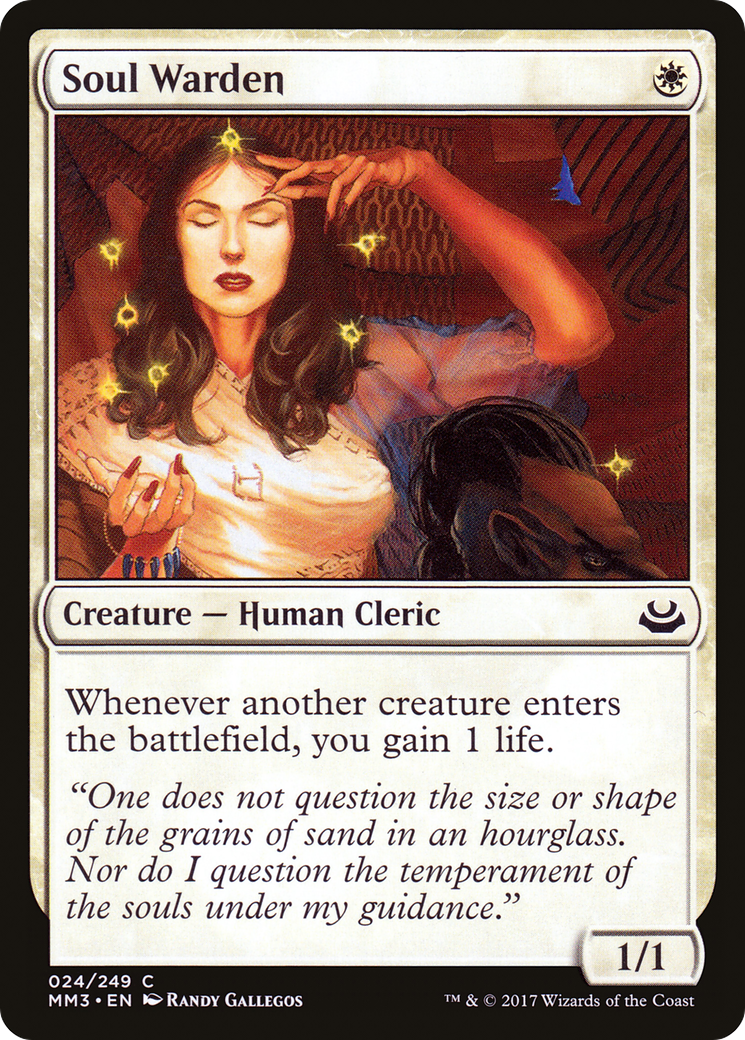Hope is a Strategy | Building a Hope Estheim Commander Deck
- Greg Montique

- Aug 28
- 4 min read
Magic: The Gathering has no shortage of creative commanders, but few blend mechanics as uniquely as Hope Estheim. Positioned at the crossroads of lifegain and mill, Hope gives players a fresh way to pressure the table.
Why Choose Hope Estheim as Your Commander
Rather than locking down resources or relying on combat, Hope creates inevitability by rewarding lifegain triggers. This makes the commander an excellent choice for players who enjoy a control-leaning strategy with clear win conditions that unfold over time.

You gain life to fuel a relentless mill plan focused on your opponents, all while protecting yourself with a healthy life total. With synergy built on life triggers, token generation, and end-step mill, Hope brings both resilience and inevitability to the table.
Early Game Strategy
Your early turns focus on establishing a lifegain foundation and smoothing your mana. Key moves include:

Casting Soul Warden, Soul’s Attendant, or Guide of Souls to create incremental lifegain that compounds with each creature entry.
Playing low-cost ramp like Sol Ring, Arcane Signet, and Azorius Signet to accelerate into your engine cards.
Prioritizing lands that provide you with life when they enter, such as Radiant Fountain or Tranquil Cove, and slowly boost your life total while fixing your mana.
These steps create both board presence and protection, setting you up to begin milling as early as possible.
Mid Game Strategy
Once your engine is online, shift into accelerating both lifegain and mill:

Add life-doubling effects like Beacon of Immortality or Celestial Mantle to amplify each gain.
Use The Wind Crystal or War Report to convert hefty lifegain into card draw or extra value.
Introduce Bruvac the Grandiloquent or The Water Crystal to massively boost your mill output, turning moderate lifegain into devastating library attrition.
Employ traumatize-style spells such as Maddening Cacophony and Fraying Sanity to make mill a lethal threat.
At this stage, every lifegain triggers Hope’s mill on your end step, so your opponents’ libraries will start shrinking rapidly.
Late Game Strategy
At this point, your plan converges into a win-closing machine:

You will be gaining huge chunks of life, often dozens at a time, and milling dozens of cards per turn.
If mill alone is insufficient, backup fare like Felidar Sovereign or Aetherflux Reservoir can serve as alternate paths to victory.
Watch the board and protect your engine; you may become your opponents’ primary target. Cards like Propaganda, Ghostly Prison, or Dovin’s Veto help secure your strategy.
Your late game is a lock—either your opponents’ libraries collapse or you overwhelm them through alternate win conditions.
Five Must-Include Cards
Every Hope Estheim deck will look a little different depending on your budget and playgroup, but these five cards bring the strategy together in ways that are hard to replace.

Bruvac the Grandiloquent
Bruvac is the most explosive card in this deck. Since Hope mills at your end step based on life gained, doubling that output with Bruvac turns a moderate lifegain trigger into a devastating blow against opponents’ libraries. Even a small gain of 5 life translates to a mill of 10 cards, which snowballs quickly when combined with repeatable lifegain engines. Bruvac essentially transforms Hope from “steady attrition” into “game-ending pressure.”

The Water Crystal
This artifact scales perfectly with Hope’s plan by converting your card draw into more mill. Every extra card you hold chips away at opponents’ decks, and combined with Hope’s own ability, it accelerates the clock significantly. When paired with lifegain draw engines like Well of Lost Dreams or War Report, The Water Crystal ensures every resource you accumulate puts pressure on your opponents. Plus, it drops your blue spell cost by 1!

Soul Warden (or Soul’s Attendant)
These one-drop creatures are the lifeblood of Hope Estheim decks. Each creature entering the battlefield, yours or an opponent’s, adds up to repeated lifegain triggers. In practice, that means consistent milling every single turn cycle. Unlike burst spells, these clerics give you reliability from turn one, smoothing out your early game and scaling naturally into your mid and late game.

Ruin Crab
A simple creature with enormous value in this deck. Ruin Crab provides a guaranteed mill every time a land enters under your control. This creates a “backup mill engine” that ensures you’re applying pressure even when your lifegain cards are disrupted. With fetch lands, bounce lands, or Crucible of Worlds effects, the Crab can chip away at libraries faster than most realize.

Maddening Cacophony (or Fraying Sanity)
While Hope steadily mills through life triggers, sometimes you need a big push to close the game. Maddening Cacophony is one of the most efficient spells for chunking down opponents’ decks, and Fraying Sanity multiplies all mill they take for the rest of the game. Both spells function as finishers, tipping the scales when your incremental mill isn’t quite enough to end things on its own. In practice, these are your “panic buttons” or “knockout blows” that ensure games don’t drag on indefinitely.
Is a Hope Estheim Commander Deck Right for You?
Hope Estheim offers a compelling dual-themed Commander build that excels in both survivability and inevitability. Start slow with lifegain and mana fixing. Transition into mid-game acceleration using life doubling and mill amplifiers. Finish strong with engine resilience or alternate win pathways as your opponents’ libraries fall. And as always, all cards here can be picked up from our friends at TCG Player!.










Comments